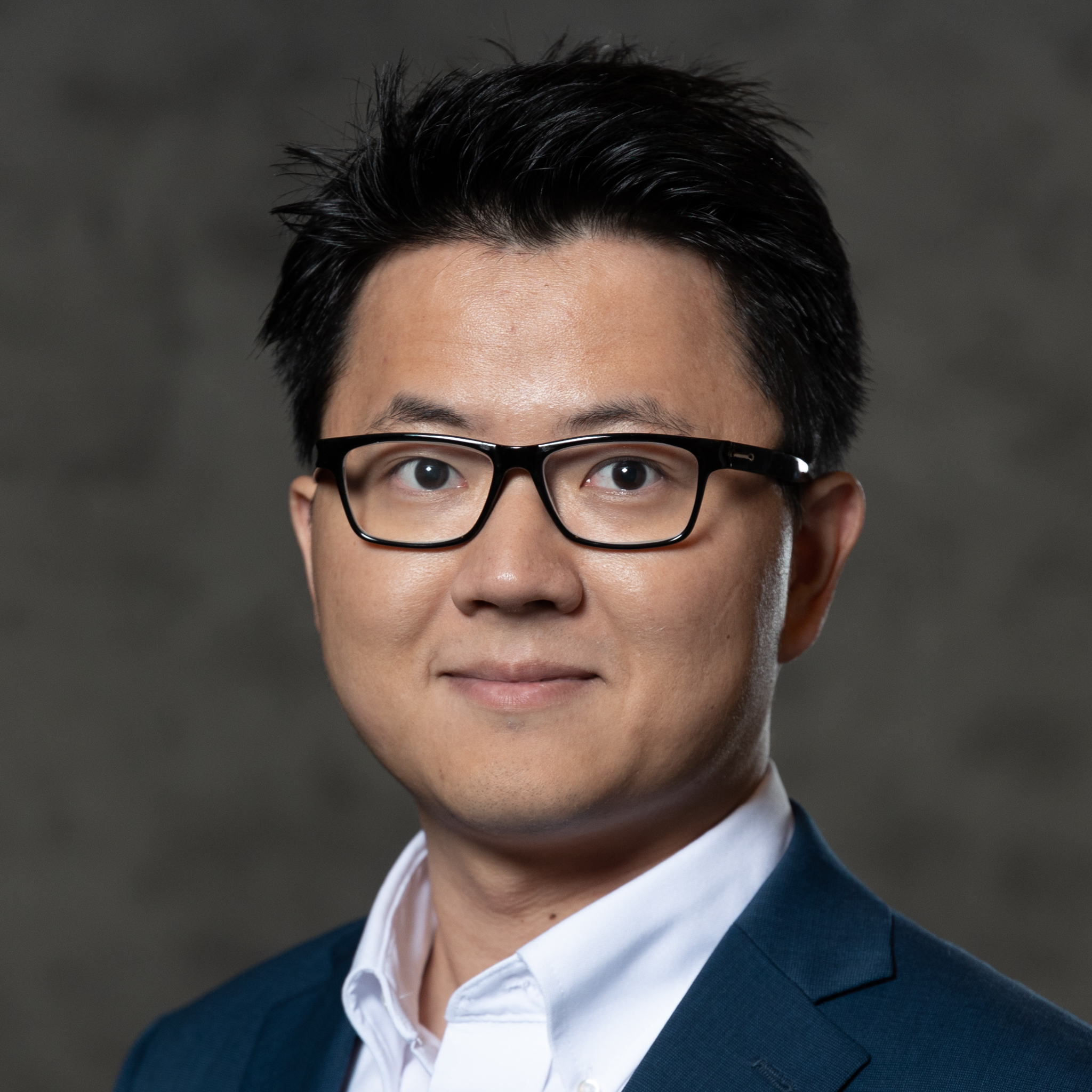Teaching Philosophy
My goal as an educator is to guide students toward a balanced development in three key roles: a scientist (able to reason logically), an engineer (able to implement solutions), and a journalist (able to communicate ideas effectively). To cultivate scientific thinking, I prioritize a formal mathematical approach, starting with clear problem definitions and following with illustrative examples that reinforce conceptual understanding. To nurture engineering skills, I integrate programming assignments into conventional courses where coding is not traditionally emphasized. And to strengthen communication, I require students to either present their work at the end of the semester or submit homework in LaTeX, reinforcing the importance of clear and precise technical writing. I believe that structured reasoning is fundamental to learning, so I formalize assumptions step by step before introducing algorithms and formulas. This encourages students to follow the derivation of ideas rather than merely memorize results. I also emphasize recurring comparisons across topics, helping students understand how different methods relate. Written and oral communication skills are developed through assignments, presentations, and discussions. Some of my lectures are recorded and shared on my [Youtube] channel, allowing students to revisit concepts at their own pace.
Course Highlights
MANE 4070: Aerodynamics
In teaching thin airfoil theory, I begin by laying out key assumptions, explaining their necessity and impact on derivations. This ensures students understand not only the formulas but the reasoning behind them. The full derivation is presented in class, followed by hands-on assignments applying the resulting algorithms. Exams focus on conceptual understanding of assumptions and their implications. At semester’s end, I provide a summary slide consolidating aerodynamic algorithms, clarifying their assumptions and ideal use cases.
MANE 6961: Scientific Machine Learning
Each lecture begins with a rigorous mathematical definition of the core concept. I then walk through the derivation of corresponding algorithms, building intuition for both how and why they work. Assignments bridge theory and practice, often involving real-world problems. Homework must be submitted in LaTeX using a provided template, reinforcing professional communication of mathematical ideas. The course culminates in a final project presentation, which strengthens students’ clarity and confidence in technical communication.
MANE 2110: Numerical Methods for Engineers (NuMPE)
Given the standardized syllabus, I focus on boosting engagement and clarity. During programming segments, I conduct live Python coding demos so students understand real-time implementation logic. I adapt my teaching based on repeated student challenges. Key topics with frequent difficulties get extra attention, and I address widespread misunderstandings explicitly in following lectures.
Iterative Improvement
With each course iteration (especially NuMPE), I refine delivery for better comprehension and engagement. I track where students struggle, clarify those areas, and experiment with balancing rigor and application to build both theoretical and practical competence.
